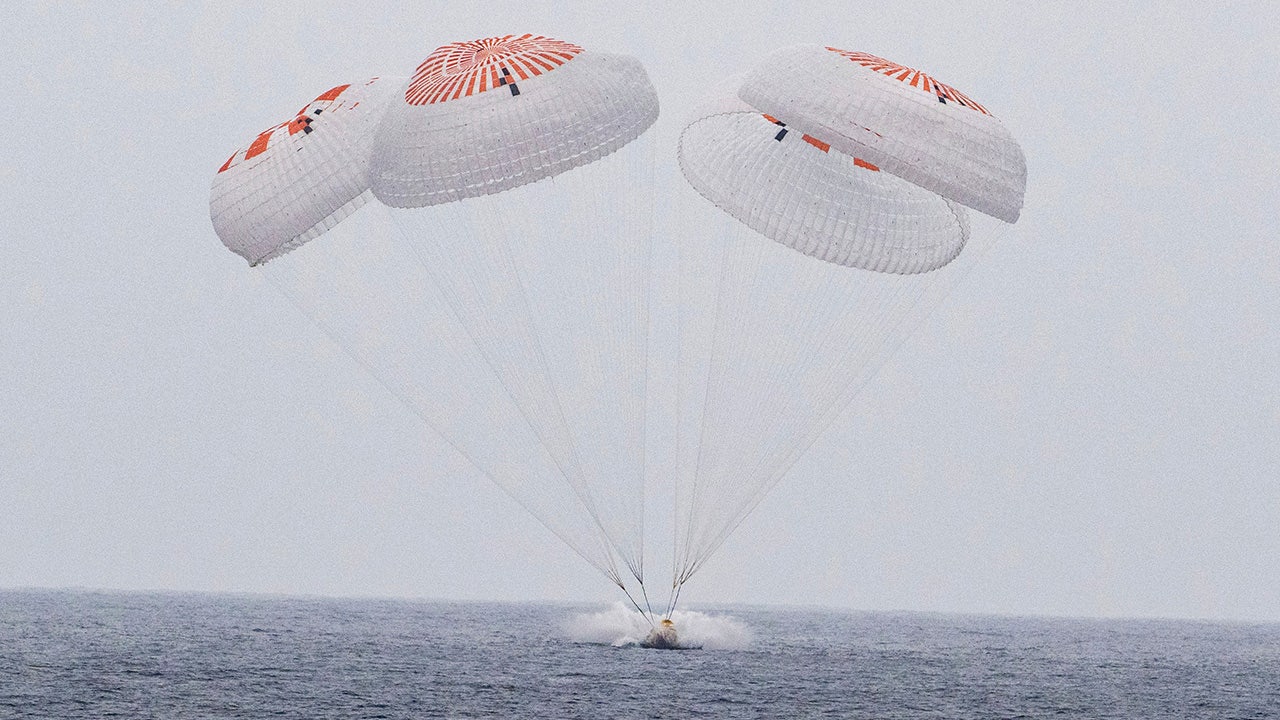City people moving to the country: This one’s for you. Country people, you know all this and a lot more already, so be sure to correct anything I get wrong with a comment; thank you in advance.
After spending all of my life living in cities and towns, I’ve got two winters of rural living under my belt. My house in Vermont is only a few miles outside the capital (itself a mere village of 8,000), so it’s situated conveniently for supply runs. But I live past where the pavement turns to dirt and the water, sewer, and natural gas lines end.
What to do for light? Kerosene lamps. No, not candles. No, not rechargeable LED lights. No, not battery-powered flashlights. Kerosene lamps.
It’s not “off grid,” but the situation shares some of the same features, and you need to attend to some of the same preparation.
Being prepared is especially important in winter, but it will help in summer, too.
The philosophy to keep in mind: Preparing should aim for low tech, not high tech. Kerosene lamps and lanterns, not “solar rechargeable LED lights,” for example. (Where are you going to recharge them? What happens when the computerized chip doesn’t work right?)
Aim for manual, simple devices, not high-tech “survival gadgets.”
If you live in a sparsely populated area in the country with hard winters, you are going to lose power several times in winter. And you’re going to be among the last houses to have it restored because power companies prioritize areas with the most people. In Vermont, I’ve gone two or three days without electricity each winter.
How much of your day will be affected by this, and how do you prepare for it? Since my stove is electric, I can’t cook on it without juice. But wait — no running water, either. Why? Because the water comes from a well, and an electric pump brings it into the house.
It’s one thing to have no internet and lights but entirely another to have nothing to flush the toilet with.
Water
Stock up drinkable water jugs, lots of them, for cooking and drinking. Only for cooking and drinking. You’re going to use “gray water” for other things.
Have a rain barrel to catch water to use for flushing toilets and cleaning. Have buckets on hand. Fill them up.
Fill up your bathtub with water when a storm threatens.
This year, I resorted to melting snow in a stock pot on a portable camp stove.
I’m considering adding a hand pump to my drilled well next year. Do you remember the episode of “Little House on the Prairie” when Pa installed a water pump in Ma’s sink for the first time? Yep, that kind of pump. They’re a great backup for getting water out of the ground when the electric pump is off.
Husband your water wisely. Use your drinking water only for drinking and cooking, not for washing yourself or your dishes. Use “gray water” — the stuff in the rain barrel, the water stored in your tub — for washing dishes, flushing toilets, and other utility purposes.
Be prepared to give yourself sponge baths with a modest amount of water.
Light
What to do for light? Kerosene lamps. No, not candles. No, not rechargeable LED lights. No, not battery-powered flashlights. Kerosene lamps.
Why? Admittedly, I’m partisan as I collect and refurbish kerosene lamps and regularly run them for heat and light. But they’re superior to other backup lighting. Much brighter than candles, and they don’t need batteries (you just have to keep a stock of kerosene on hand). Also, they’re beautiful.
Some guidelines:
- Buy only clear, undyed kerosene at either the gas station or hardware store. Never use anything but this. Do not use “lamp oil.” It’s liquid wax, burns dim, eats wicks, and stinks. Kerosene does not stink in a lamp if it’s clean and undyed.
- Simple flat wick oil lamps, antique or modern, are foolproof.
- Those wanting more heat and light should get an antique “center draft” lamp with a big, round wick that puts out substantial light and heat. A good bet is a Rayo-brand lamp, easily found on eBay.
- No, you don’t have to worry about “fumes” or “carbon monoxide.” This is modern hysteria; you’re not afraid of your gas stove, so you don’t have to fear your lamp. Your ancestors who used these weren’t dying of carbon monoxide poisoning.
Heat
If you already have an expensive heating system in place, I get that you’re not going to change that out.
When I moved into this house, I had the “blessing” of starting from scratch as the downstairs had been flooded. If you’re in a similar position, I strongly advise installing something that requires no electricity.
I mean no electricity at all. Not for igniting, not for running. If it needs juice to put out heat, it’s too modern and complicated to be a good basic choice in the country.
I chose a propane-fired “fireplace stove.” It’s a beautiful cast iron piece enameled in red with a glass front; it looks like a late-19th-century wood stove. The operation is entirely mechanical, even the wall-mounted thermostat. It has its own igniter but can be lit with a match if necessary. It maintains a standing pilot light.
Whatever you choose, I recommend a basic model that ignites and fires without electricity. If this means you have to buy a vintage furnace in good or refurbished condition, then yes, that is a better choice.
Good emergency supplies of heat are portable kerosene or propane heaters. Be sure to keep a supply of fuel on hand.
Cooking and eating
If you have an electric kitchen stove, you’ll need a backup. I love my two-burner Coleman propane camping stove. It’s compact and folds up neatly for storage. That the burners put out serious heat is a bonus. Keep extra propane cylinders on hand.
Of course, you’ll also need to have nonperishable food on hand. Vegetables and grains aren’t going to get you through alone; don’t forget meat and fat. Canned goods are your friend in this situation, especially canned meat.
People’s minds seem to go toward “buy lots of dried beans and rice,” and I don’t know why. These are not the high-quality proteins you can get from meat (and they don’t have necessary fat), and they take more water and energy to cook.
I suggest laying in:
- Canned chicken breast and tuna
Be sure to keep some bacon grease or lard on hand. It doesn’t need refrigeration and can cook just about anything, adding necessary animal fat and calories.
Transportation
Don’t forget about your car.It’s always a good idea to keep your gas tank full during winter.
If you go off the road, you’ll be glad you have the engine to keep you warm. But it’s also a great backup for charging your phone so you can stay in communication while the power is out and the roads are bad.
Obviously, this isn’t a guide to true homesteading or living off the grid, but it can help you get through a few days or weeks of living in the sticks without power and running water. If you’re an old hand at this and have wisdom to pass along, please share it in the comments.
Read the full article here









![NFL Preseason Game Suspended After Serious Injury to Player, Taken Off Field in Ambulance [WATCH] NFL Preseason Game Suspended After Serious Injury to Player, Taken Off Field in Ambulance [WATCH]](https://www.drewberquist.com/wp-content/uploads/2022/04/2022.04.09-02.58-drewberquist-62519f211d3d0.jpg)

![Police Reopen 2020 Devil’s Lake Murder After Arkansas Double Murder Suspect Arrest [WATCH] Police Reopen 2020 Devil’s Lake Murder After Arkansas Double Murder Suspect Arrest [WATCH]](https://www.rvmnews.com/wp-content/uploads/2025/08/2025.08.01-02.27-rvmnews-688ccee8027e7.jpg)
